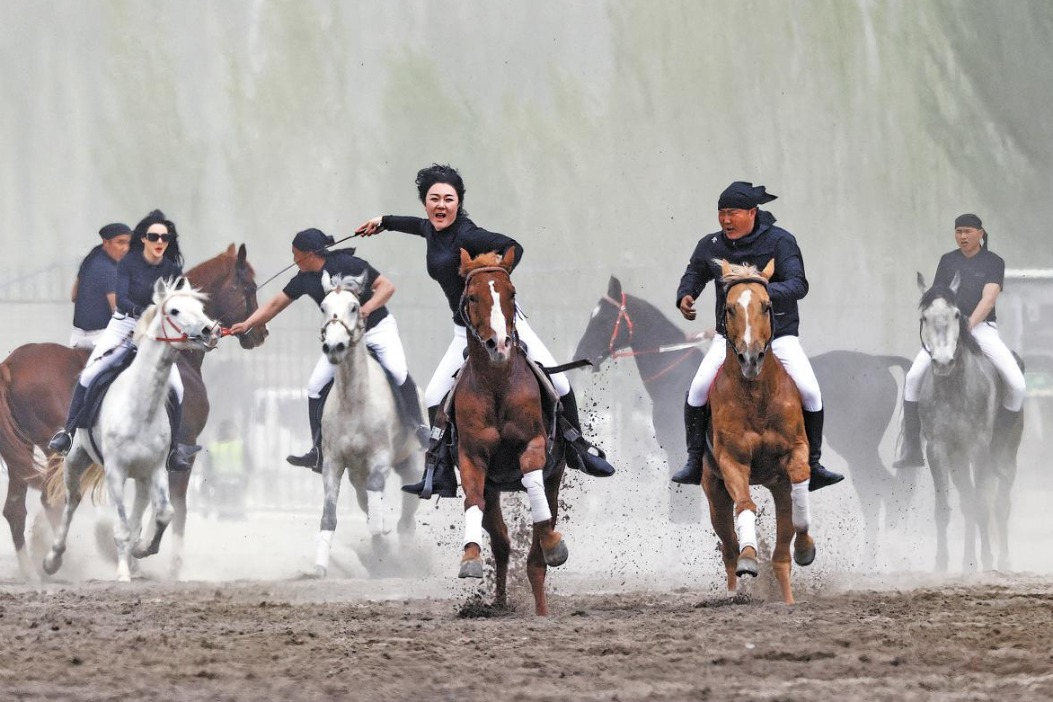Where nature is shaped by hand
Jiangnan's classical gardens are portals to the past, in which the echoes of yesterday are alive and growing, Yang Yang reports.

Over the course of history, the region along the southern bank of the lower reaches of the Yangtze River, which is known in China as Jiangnan, has been a haven for royals, government officials, prominent families and scholars, seeking refuge from war and chaos, and a place where they had established new dynasties, kicking off flourishing eras of literature and art.
Jiangnan's prosperity was propelled by the construction of the Grand Canal, which began in the Sui Dynasty (581-618) and reached its historical zenith during the Ming (1368-1644) and Qing (1644-1911) dynasties.
The aesthetics and preferred entertainments of the ruling classes shaped Jiangnan, bequeathing the region a rich cultural heritage.
"Unless you enter the garden, how can you know spring's splendor?" Du Liniang asks famously in Ming playwright Tang Xianzu's classic legend, The Peony Pavilion. The fictitious heroine is the only daughter of an official during the early years of the Southern Song Dynasty (1127-1279). Her love affair begins during a stroll around her garden, a place where its owners escape from officialdom, appreciate nature, relax, think and dream.
























